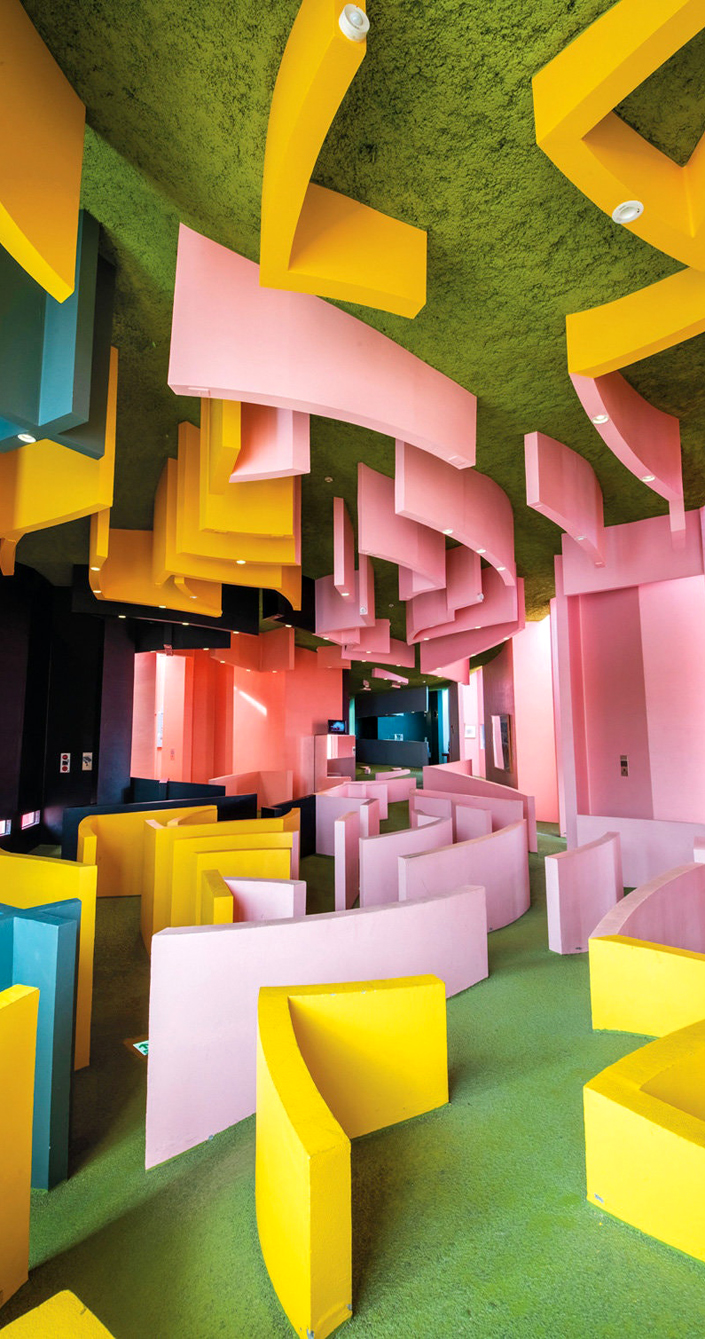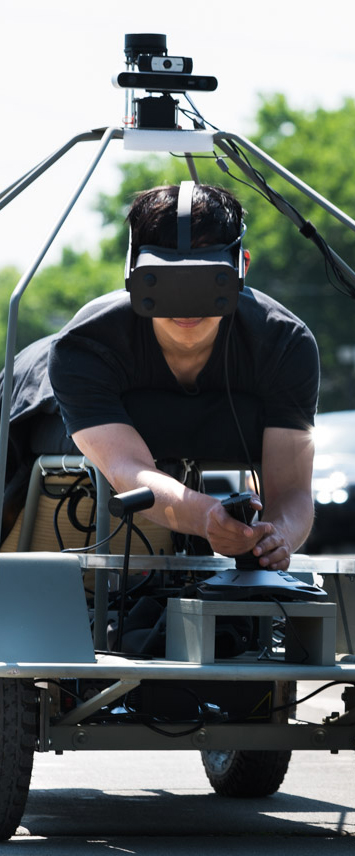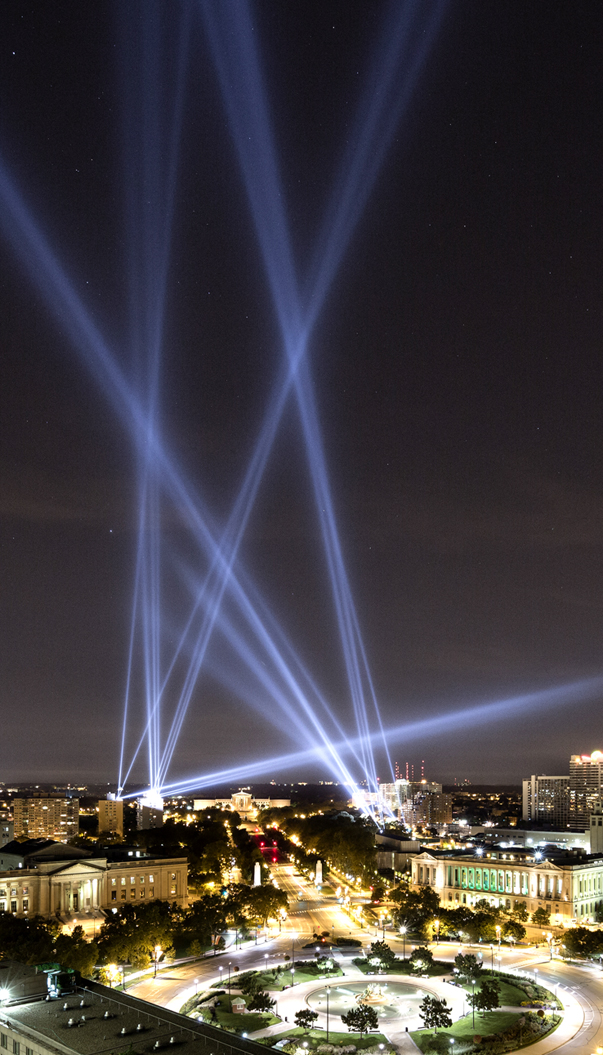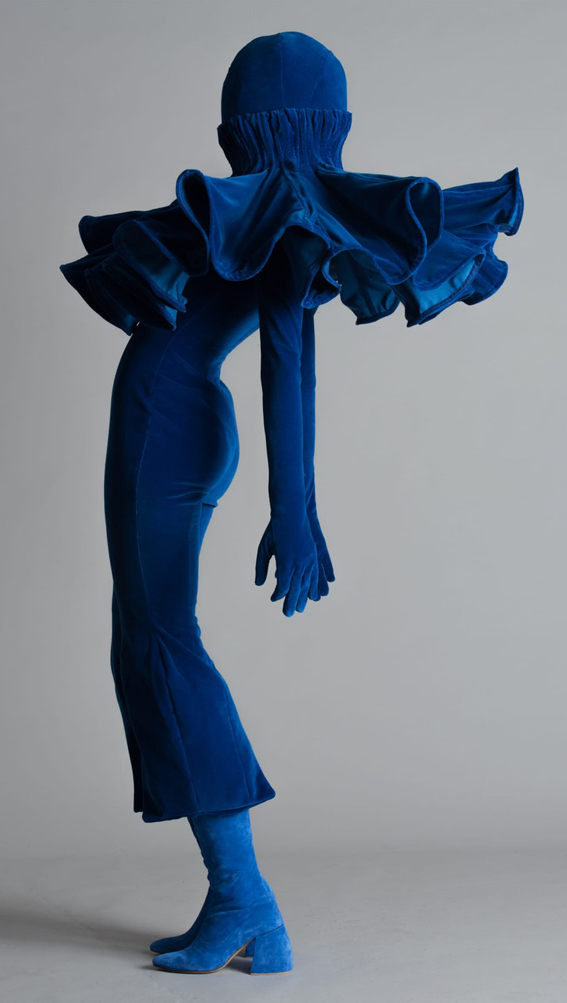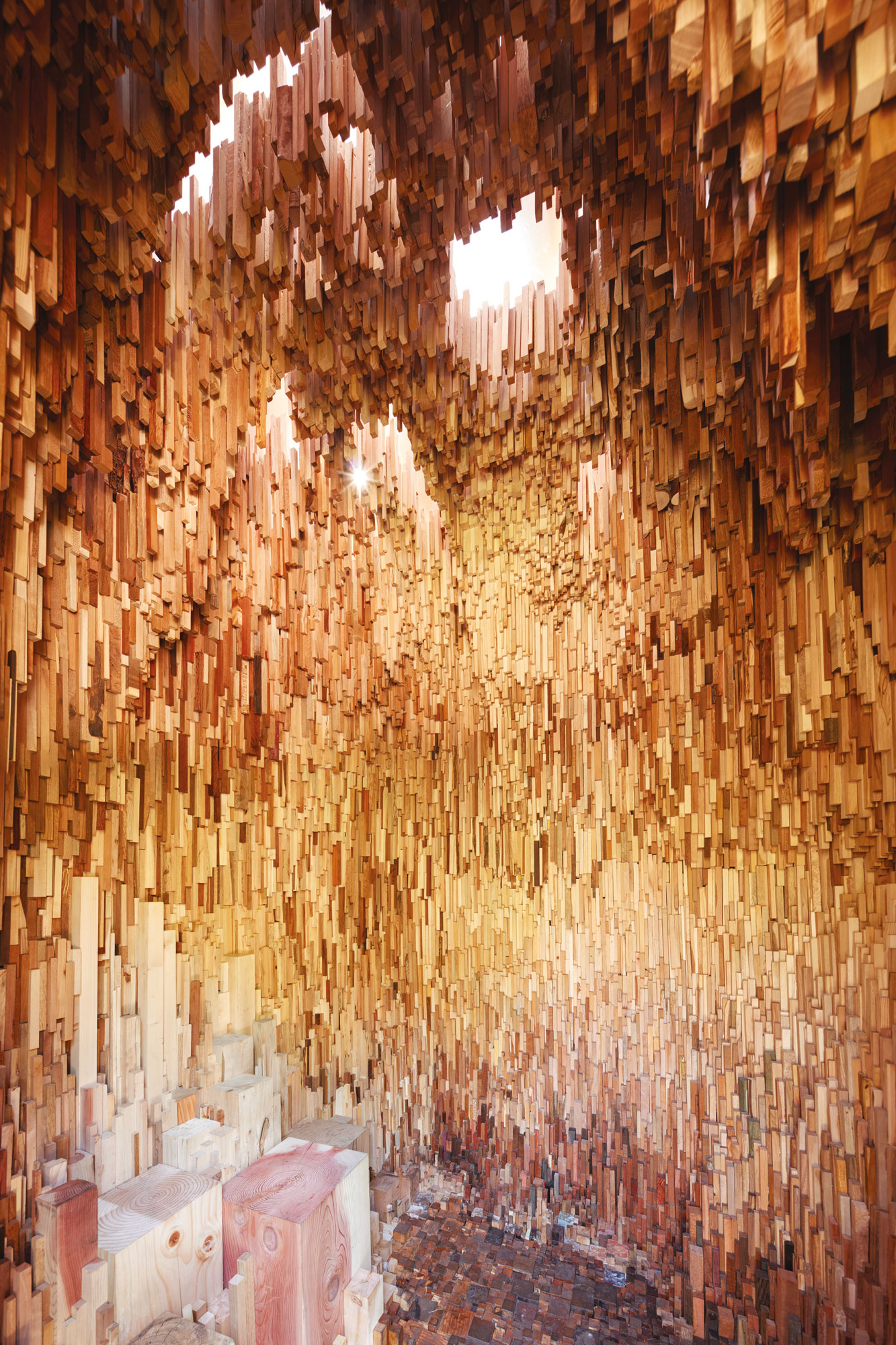Yoro Park – Site of Reversible Destiny
“The couple first fully explored Reversible Destiny in what is regarded as their seminal gallery piece, “The Mechanism of Meaning,” an ever-evolving manifesto-cum-artwork begun in 1963, comprising 80 panels that they refined and added to over decades, many of them high-concept diagrams and puzzles with instructions and text (“A Mnemonic Device for Forgetting,” “Think One, Say Two”), made primarily of acrylic and mixed media on canvas. In an accompanying précis to the work, which was exhibited at the Guggenheim in 1997, they prescribed “no more irretrievable disappearances” and declared death “old-fashioned.” Critical opinion differs on how seriously the pair, whose work is in the collection of the Museum of Modern Art and Paris’s Centre Pompidou, took the grandiose quest to end death. But if it was intended as metaphor, neither of them ever let on. Indeed, though Arakawa himself died at 73, in 2010, and Gins four years later, at the age of 72, defying death became the defining work of their lives.” Marie Doezema





